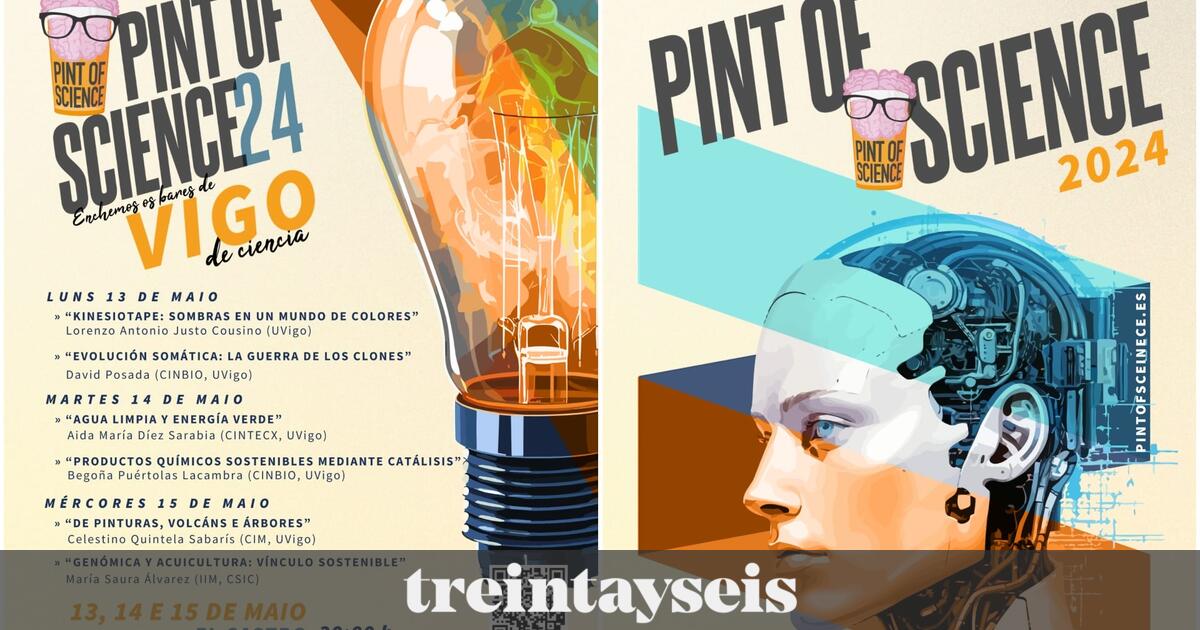NASA successfully fired a 3D-printed RDRE (rotary detonation rocket engine) for 251 seconds, or more than 4 minutes, producing more than 5,800 pounds of thrust. This type of sustained combustion mimics the typical requirements of a lander or deep-space combustion that could put a spacecraft on a path from the Moon to Mars, Thomas Teasley, a combustion instrumentation engineer at Marshall Space Flight Center, said in a statement. He leads the center's RDRE testing efforts. The first RDRE hot fire test was conducted at Marshall in the summer of 2022 in partnership with In Space LLC and Purdue University. This test produced over 4,000 pounds of thrust for approximately one minute. Teasley said the main goal of the latest test is to better understand how the combustion chamber can be extended to different propulsion classes, support engine systems of all types, and increase the diversity of missions it can serve, from lander to upper stage engines and supersonic engines. Jet propulsion, a deceleration technology that could land larger payloads, or even humans, on the surface of Mars. “RDRE enables a huge leap in design efficiency,” he said. “This shows that we are closer to manufacturing lightweight propulsion systems that allow us to send more mass and payload into deep space, a critical component of NASA's Moon to Mars vision.”





